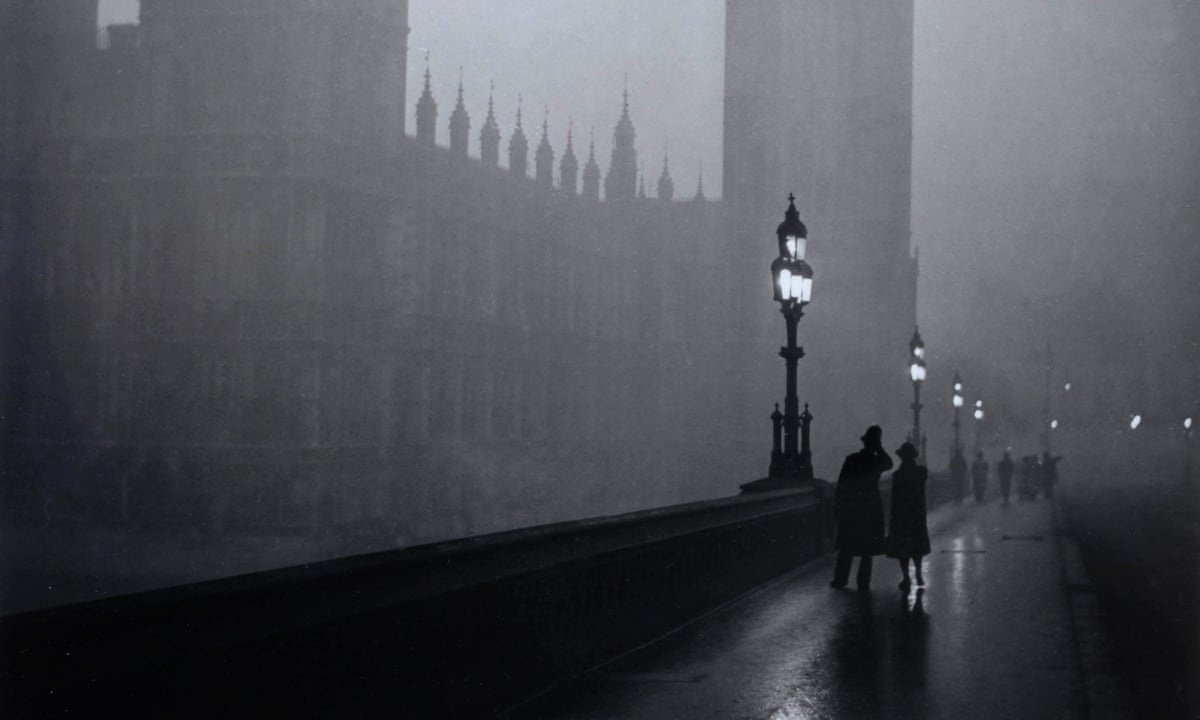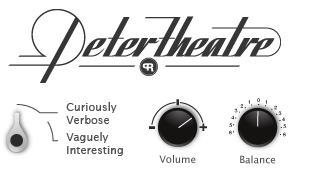Fumifigium

The famous London Fog of 1948.
I've been reading about the history of London, England and the smoke we’ve seen from wildfires this summer has evoked a time when cities such as 13th or 17th century London were shrouded in smoke. On a recent hot day, even without the wildfire smoke, the city stank as though it was cooking cauliflower and cabbage in its armpit. If you enjoy the smell of steamed cabbage and cauliflower, then perhaps I'm not explaining myself well. Think of a locker room full of flatulent old men and their companions, who are wet dogs. Now add a soupçon of backed up toilet and we may be closing in on Toronto's particular perfume.
The density that urbanists crave and encourage is a fine idea, as long as everyone is on the same page. If you want to solve the housing crisis with more towers, then you really should tell the waste removal people to expect more waste, the electricity provider to provide more power, the transit system to add more capacity and the water and sewage departments to expect more flushing. It isn't that Toronto has reached its capacity, it's just that there are parts that feel over-capacity and the smell and the smoke, which are less than amiable, are evidence of that.
The problem isn't new -
As early as 1257 Eleanor of Provence, wife of Henry III, complained about the smoke and pollution of London and, in the sixteenth century, Elizabeth I was reported to have been 'herself greatly grieved and annoyed with the taste and smoke of sea-coals'. By the sixteenth century a pall of smoke hung over the capital, and the interiors of the more affluent London houses were dark with soot.”
Also, “John Evelyn, in his treatise entitled Fumifigium, or The inconvenience of the Air and the Smoak of London (1661), lamented the condition of a city covered by 'a Hellish and dismal Cloud of SEA-COAL'.”
– Peter Ackroyd, London: The Biography
As a boy, when we visited London, it seemed as though the city ran only on diesel. The place reeked of it, and the sooty residue of pollution was on every building, railing, and shirt collar. When you blew your nose, your tissue was black. The filth of a city, any city, can often be overlooked by its inhabitants, but some days, it is all that I see.

The famous London Fog, now everywhere.
While I devotedly recycle and compost and ride a bike rather than drive a car, there’s only so much I can do to change the grime of the city. Yet what I can do is reimagine the way I see the detritus as a city’s natural texture. Think of the soot sprites of Hayao Miyazaki's Spirited Away. The film's hero Chihiro befriends the soot sprites, in return they bring her shoes to her. They are also endearingly cute. Miyazaki reimagined those balls of soot as helpful spirits. Maybe I should do the same.
That might be overly optimistic but there are less ugly parts of the city to seek out. Like the green in local parks or even the man made “green” like the Leslie Spit, which was pile of rubble built out into the Lake intended as flood protection but slowly naturalized to become a park, home to migrating birds, turtles, snakes, rabbits, coyotes and more. I can take the less travelled side streets with their leafy canopies. I can ride the trails rather than the mean streets. I can escape in artificial nature like swimming in pools and soak up the mechanical breezes of air conditioning. Finally, taking in what only a city can offer, restaurants, live entertainment, markets, museums and all its conveniences might lift me above the sediment of the city.
Labels: weather


0 Comments:
Post a Comment
<< Home